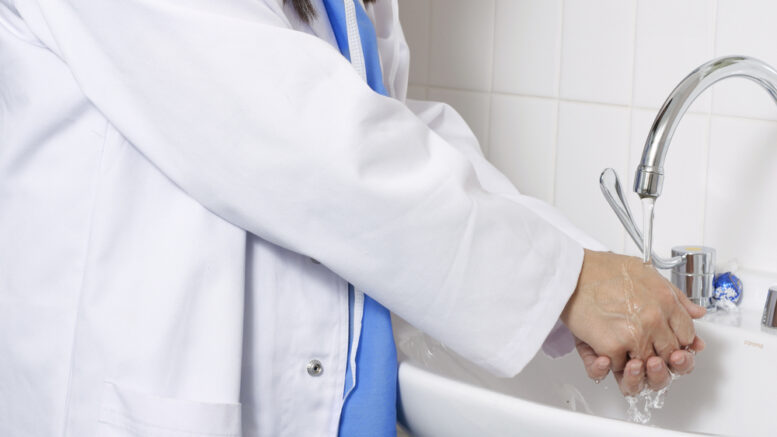Zhou, et al. (2021) say that during the global vaccination rollout, it is vital to thoroughly understand the modes of transmission of the virus in order to prevent further spread of variants and ultimately to end the pandemic. As they observe, "The current literature suggests that SARS-CoV-2 is transmitted among the human population primarily through respiratory droplets and, to a lesser extent, via aerosols. Transmission appears to be affected by temperature, humidity, precipitation, air currents, pH, and radiation in the ambient environment. Finally, the use of masks or facial coverings, social distancing, and handwashing are effective public health strategies in reducing the risk of exposure and transmission. Additional research is needed to further characterize the relative benefits of specific nonpharmaceutical interventions."
The researchers summarize, "Current knowledge suggests that the transmission dynamics of SARS-CoV-2 is similar to that of other beta-coronaviruses, with the respiratory system being the most common point of entry and respiratory droplets and aerosols being the most common modes of transmission. Based on epidemiological and modeling data, the CDC and WHO have developed guidance to prevent transmission of the infection. There is substantial evidence to show that the regular use of any face mask, and social distancing can effectively reduce the transmission of this virus. There is not enough evidence on the type of mask that is best for the prevention of transmission of infection in the community. Handwashing with soap or the use of alcohol sanitizer have also been shown to reduce the risk of infection in the community to a certain extent. More research is needed on the sterilization of instruments and surfaces, and the importance of the role of fomites in the transmission of the infection. Further research on SARS-CoV-2 will also expand our understanding of the transmission of other respiratory viruses."
Zhou L, et al. Modes of transmission of SARS-CoV-2 and evidence for preventive behavioral interventions. BMC Infectious Diseases. Vol. 21, article number 496. 2021.

Be the first to comment on "Modes of SARS-CoV-2 Transmission and Evidence for Preventive Behavioral Interventions"